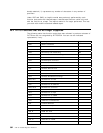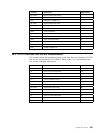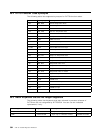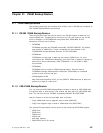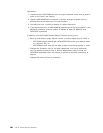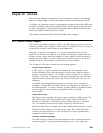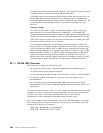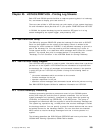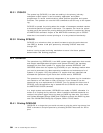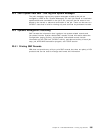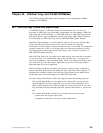functional enhancements of the VSE Librarian. The Librarian functions can be
invoked through a console or through job streams (JCL).
In OS/390, each of the different utilities used to create and maintain PDS (or
PDSE) data sets and their members has a different set of commands and
somewhat different syntactical requirements. Combined with OS/390 JCL, the
overall functions available are similar to the functions provided for VSE
libraries.
•
Interactive usage
The VSE Librarian runs in batch or interactive mode in static or dynamic
batch partitions or interactive partitions of VSE/ICCF; it can attach VSE
libraries/sublibraries dynamically through the VSE Librarian commands. This
allows the user to move members from any VSE library/sublibraries into the
ICCF library and vice versa. All Librarian services can be invoked from VSE
consoles or ICCF terminals for all libraries.
The interactive capabilities of the OS/390 Interactive System Productivity
Facility (ISPF) are frequently used in OS/390 environments to perform many
of the functions provided by VSE′s LIBR, such as creating and maintaining
PDSs and their members. For example, it is common in VSE to edit a VTAM
startup member (″B-Book″) in ICCF or CMS, and then submit a LIBR job to
replace the system cataloged library member. In OS/390, ISPF facilities
permit direct view, edit and replace functions for members in PDSs, so ISPF
could be used to directly update the corresponding VTAMLIST member.
22.1.1 OS/390 ISPF Overview
ISPF also can be used in the following ways:
•
As a general source code or document preparation and editing facility.
•
To monitor and control program libraries.
•
To communicate with MVS through TSO commands, CLISTs, or REXX EXECs.
•
To develop a batch, interactive, or any other type of program and its
documentation.
•
To call dialogs that use Dialog Manager (DM) component and Program
Development Facility (PDF) component dialog services to do the work of the
application.
There are several functions in ISPF to view, browse, and edit partitioned data set
members, as well as create and manage data sets. An even more powerful set
of tools also exists in the Library Management Facility and Software
Configuration Library Manager to manage multiple library levels.
Since ISPF usage is a key to productive use of your OS/390 system, we strongly
recommend formal training in its features and the use of its functions. See the
following ISPF books for orientation:
•
SC28-1294 -
OS/390 ISPF Getting Started
•
SC28-1239 -
OS/390 ISPF User
′
s Guide
390 VSE to OS/390 Migration Workbook



